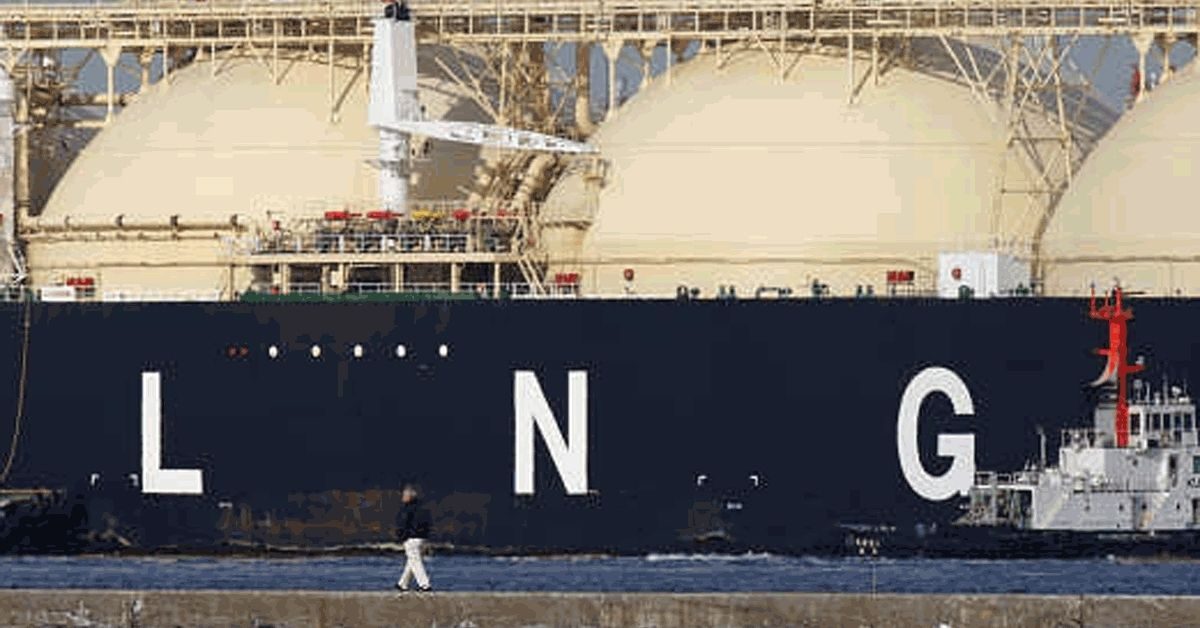What was the container shipping segment in 2021, proves to be the case for the LNG tanker market thus far in 2022, as demand and supply fundamentals are heavily in favor of ship owners and charterers. In its latest weekly report, shipbroker Intermodal said that “the LNG market remains extremely tight, and as a result adding further pressure on the vessel charter market, which is already stretched due to the scarce availability of LNG carriers. Global supply will likely see a small y-o-y growth during this winter of about 2m to 4m tons or 3% y-o-y, as delays to the restart of the Freeport LNG terminal, the possibility of Australian export curbs, as well as disruptions in the Trans Niger pipeline and supply issues in Egypt, are all together adding headwinds to the LNG market. Global demand, on the other hand, could mark up to 3% y-o-y growth during 2022-23 winter”.
According to Ms. Chara Georgousi, Research Analyst with Intermodal, “as opposed to widely held fears among the market stakeholder, the possibility of a shortage within Europe has started to fade away. The bloc’s imports currently continue at a safe pace and are forecasted close to 39.7m tons over the coming winter, while the continent’s inventories are more than sufficient for the upcoming winter and could even exceed the 5-year average. Meanwhile, demand for the commodity has already deflated, amid the recent frenzy trend of gas to oil switch. Yet, benchmark prices in the continent are expected to remain elevated and above historical averages”.
Intermodal’s analyst added that “demand from Asian buyers is forecasted to decline over 2022-23 winter. The key driver behind the reduction could be the estimated drop in deliveries to China. More specifically, China’s imports could slip as much as 16% y-o-y during the winter, on the back of weak demand for the commodity, growing domestic production, as well as an increase in imports via pipelines. Japan’s imports are also set to drop up to 4% y-o-y, as nuclear reactors are expected to resume their operation in 2023 following maintenance paired with the expected recovery of coal generation, which will suppress demand for natural gas. On the other hand, South Korea, amid its efforts to stockpile for a colder-than-average upcoming winter and to reduce its emissions in its power generation process, is set to increase its natural gas imports. The incremental Asian demand due to the unusually cold upcoming winter could result in up to 5.6m tons of LNG which will be diverted from Europe”.
Ms. Georgousi noted that “on the supply side, Australian supply surged 5% m-o-m in September to 7m tons, mainly driven by increased production in Ichthys and APLNG plants. Qatari production slumped 3% m-o-m to 6.6m tons, still close to the 3-year seasonal average. Egyptian supply increased as output in Damietta almost doubled. Nigerian production soared 24% m-o-m, showing signs of recovery from August’s record lows. US exports edged 5% higher m-o-m to 6.5m tons, as the increase registered in Elba Island and Calcasieu Pass offset the decline in Sabine Pass and Corpus Christi. Russian supply climbed 13% m-o-m to 2.6m tons. Indonesian production slipped 9% m-o-m due to lower output at Tangguh and Botang. Finally, Malaysian supply grew 6% m-p-m as production in Bintulu reached a 4-year seasonal average high”. She also noted that “the tightness of the market is also mirrored in the seaborne sector, where spot rates rally, led by a projected tight vessel availability during the winter. More specifically, during September spot rates skyrocketed both in the East and in the West of Suez, reaching $200,000/ day by the end of the month. The Atlantic Forward LNG rates are estimated to hover close to $280,000/day in October, while they could edge higher than $300,000/day in December, amid a steep contango between November-January. Freights will be underpinned during the winter by tight tonnage supply, as according to our preliminary data, a total of 3 more LNG carriers will be delivered throughout 4Q, almost one-third of the capacity delivered a year ago”, Ms. Georgousi concluded.








